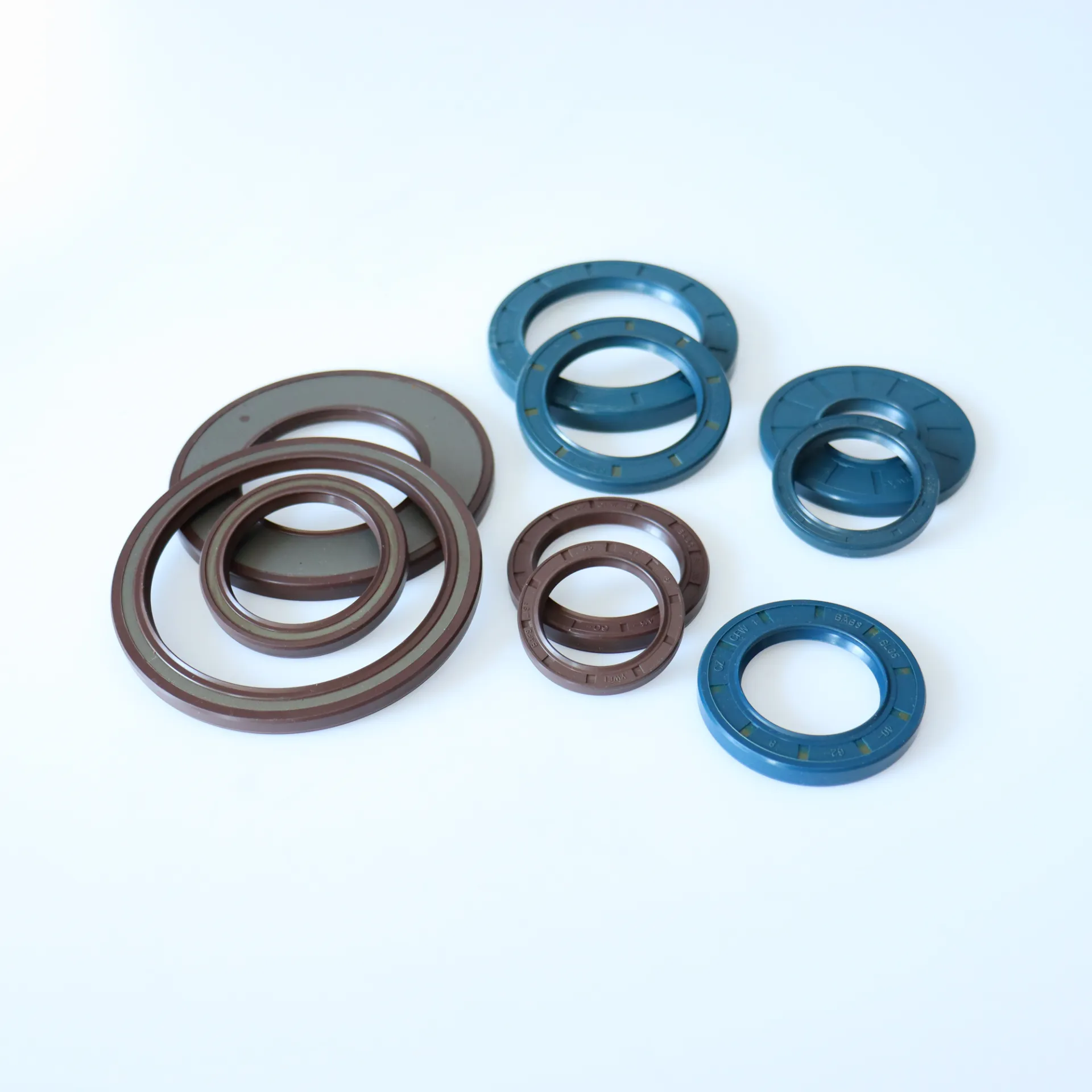Дек . 16, 2024 01:46 Back to list
hydraulic lip seal
Understanding Hydraulic Lip Seals A Comprehensive Overview
Hydraulic systems are integral to modern machinery and equipment, providing the force necessary to operate various components in industries ranging from automotive to aerospace. One crucial component of these systems is the hydraulic lip seal. This article delves into the function, design, and advantages of hydraulic lip seals, emphasizing their importance in maintaining the efficiency and reliability of hydraulic systems.
What is a Hydraulic Lip Seal?
A hydraulic lip seal is a type of sealing device specifically designed to prevent the leakage of hydraulic fluids between moving parts. Typically made from elastomers or polymer materials, these seals are essential in hydraulic cylinders, pumps, and other applications where fluid containment is critical. The design of a lip seal consists of a flexible lip that exerts pressure against a mating surface, effectively blocking fluid from escaping while allowing for the necessary movement of components.
Key Features and Design Principles
1. Material Composition Hydraulic lip seals are commonly made from various materials, including nitrile rubber (NBR), fluorocarbon (FKM), and polyurethane (PU). Each material has unique properties that suit different operating environments, such as temperature resistance, chemical compatibility, and abrasion resistance.
2. Structure A typical lip seal consists of a circular cross-section with one or more lips. The primary lip contacts the shaft or rod, creating a barrier against leakage. Some designs incorporate additional features, such as dust lips, which help keep contaminants from entering the seal area.
3. Pressure and Temperature Tolerance Hydraulic lip seals are designed to withstand significant pressure and temperature variations. This capability is essential because hydraulic systems often operate under high pressure, and the fluids used can reach elevated temperatures.
Functionality in Hydraulic Systems
hydraulic lip seal

The primary function of a hydraulic lip seal is to maintain the integrity of hydraulic pressure by preventing fluid leakage. When a hydraulic cylinder extends or retracts, the movement can create gaps where fluids might escape. The lip seal’s design allows it to adapt to these dynamic movements, ensuring that the hydraulic fluid remains contained, thus maintaining system efficiency and performance.
Furthermore, hydraulic lip seals help in reducing the risk of contamination. As hydraulic systems are susceptible to damage from dirt and debris, maintaining a seal prevents external contaminants from entering the fluid reservoir or working components. This extends the lifespan of the machinery and reduces maintenance costs.
Advantages of Hydraulic Lip Seals
1. Efficiency By significantly reducing leakage, hydraulic lip seals ensure that hydraulic systems operate at optimal efficiency. This translates to enhanced performance and reduced energy consumption.
2. Durability With the right material selection and proper installation, hydraulic lip seals can offer extended service life. Their ability to withstand harsh operating conditions makes them a reliable choice for many applications.
3. Cost-Effectiveness Investing in high-quality hydraulic lip seals can lead to lower maintenance and replacement costs over time. Their ability to minimize leakage means less fluid loss, reducing overall operating costs.
4. Versatility Hydraulic lip seals are versatile and can be engineered for various applications. Whether in industrial machinery, automotive systems, or heavy equipment, these seals can be tailored to meet specific requirements.
Conclusion
Hydraulic lip seals play a pivotal role in the functionality and efficiency of hydraulic systems. Their ability to provide reliable sealing against fluid leakage, prevent contamination, and withstand extreme operating conditions makes them indispensable in various industries. As advancements continue in materials and design, the future of hydraulic lip seals is poised to enhance the performance and sustainability of hydraulic systems even further. By understanding the significance of these seals, engineers and technicians can make informed decisions to optimize their hydraulic applications.
-
TCN Oil Seal Metal Ring Reinforcement for Heavy Machinery
NewsJul.25,2025
-
Rotary Lip Seal Spring-Loaded Design for High-Speed Applications
NewsJul.25,2025
-
Hydraulic Cylinder Seals Polyurethane Material for High-Impact Jobs
NewsJul.25,2025
-
High Pressure Oil Seal Polyurethane Coating Wear Resistance
NewsJul.25,2025
-
Dust Proof Seal Double Lip Design for Construction Equipment
NewsJul.25,2025
-
Hub Seal Polyurethane Wear Resistance in Agricultural Vehicles
NewsJul.25,2025
-
The Trans-formative Journey of Wheel Hub Oil Seals
NewsJun.06,2025
Products categories
















